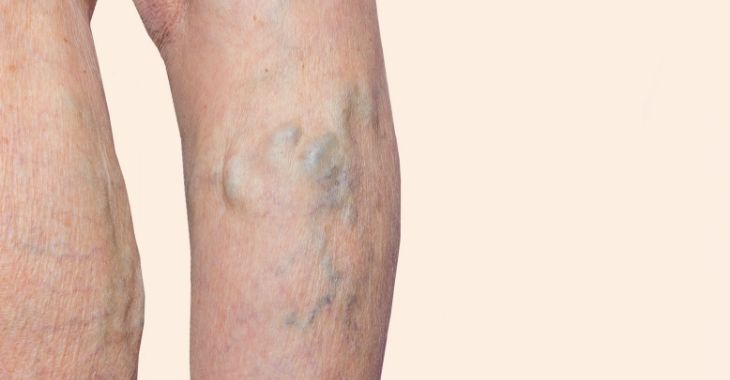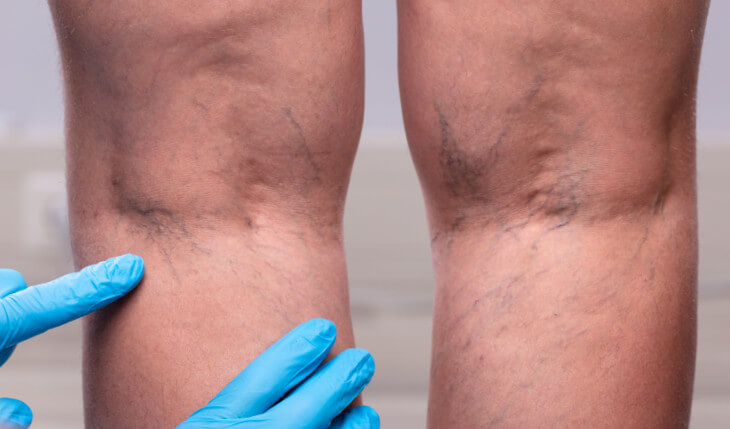Dangers of Leg Blood Clots

Blood clots form when platelets or thickened plasma create a solid mass inside veins. This is most common in the legs, often occurring when there is poor circulation, limited mobility or other risk factors present. Leg blood clots or deep vein thrombosis (DVT) can affect anyone and can cause serious health problems and even death. It is important to understand the dangers of leg blood clots and seek treatment to protect your health.
When leg blood clots form, they can cause pain, swelling and warmth that is noticeable. These symptoms can alert you to the presence of DVT. If not treated, DVT can cause serious complications, including:
- Thrombophlebitis. A blood clot can cause a tender bump in the leg. This can be painful and cause tissue damage and infection from lack of circulation.
- Post-thrombotic syndrome. Leg can feel heavy and weak with pain and swelling caused by DVT in the leg.
- Pulmonary embolism. If a leg blood clot breaks lose and travels to the lung, it can block a pulmonary or lung artery. This can stop blood flow, which can cause lung tissue to die and possibly cause death.
Preventing serious complications from blood clots starts by recognizing risk factors for clots and receiving treatment for DVT. If a dangerous blood clot or DVT is present, treatment to dissolve or breakup the clot can be effective in preventing a pulmonary embolism or post-thrombotic syndrome. Blood thinners and anti-coagulant medications can be helpful. Other treatments for DVT can be performed through a vascular surgeon, like pharmacomechanical catheter-directed thrombolysis (PCDT).
What does a blood clot in the leg look like?

If you believe you have a leg blood clot, you should seek immediate medical treatment. You may be referred to a vascular surgeon to determine the best treatment to reduce your risk of serious blood clot complications.
The information provided on this website, including text, graphics, images, and other materials, is intended solely for informational purposes and should not be used as a substitute for professional medical advice, diagnosis, or treatment.




)